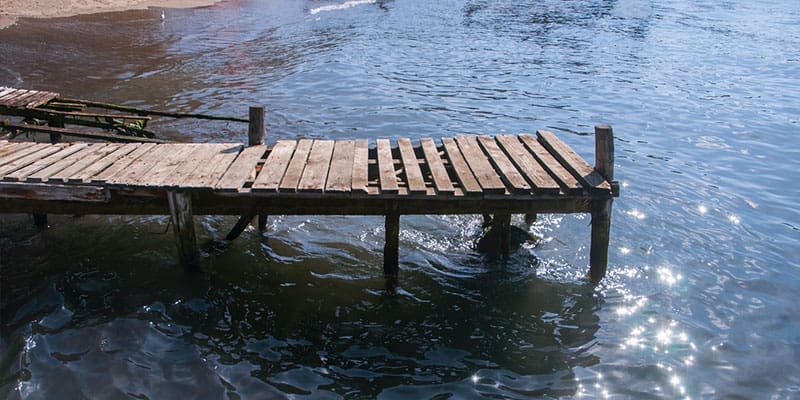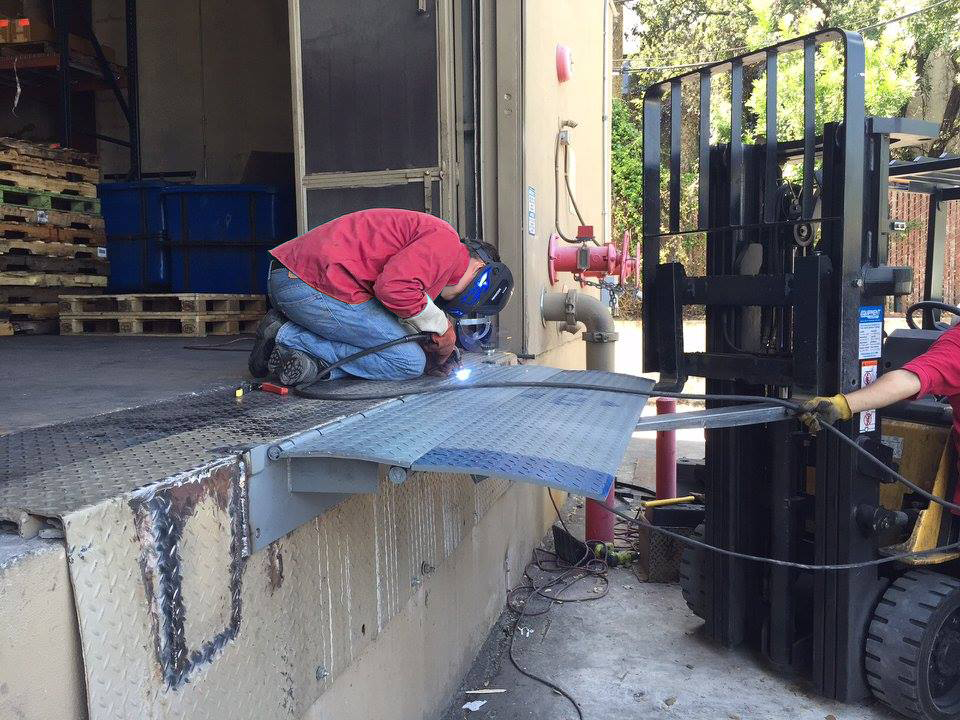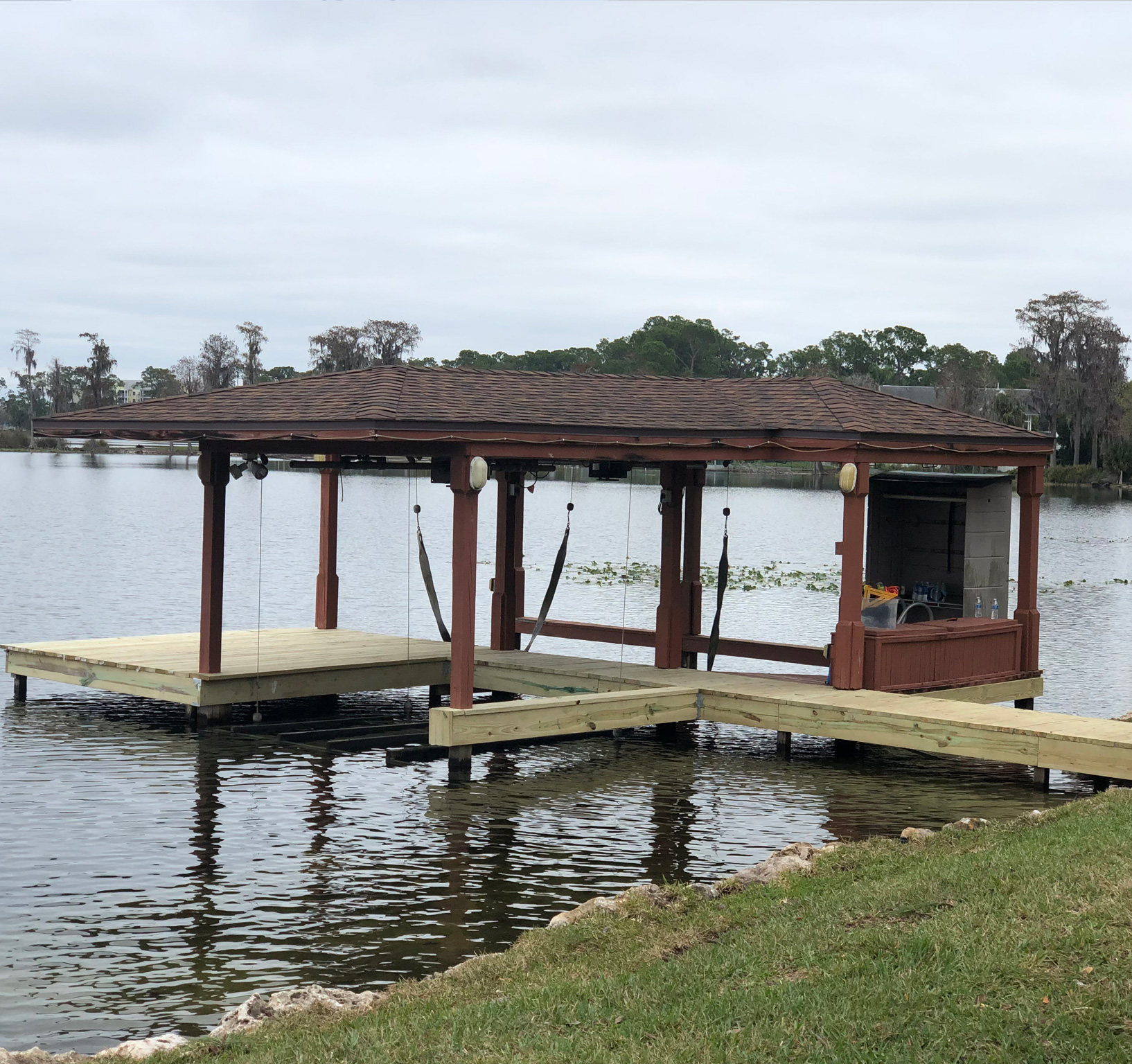The Value of Timely Dock Repairs for Waterside Safety
Efficient Dock Fixing Techniques: Making Sure Structural Stability
Ensuring the structural stability of docks with effective repair service strategies is vital for the durability and safety and security of aquatic centers. This entails a multi-faceted method starting with thorough inspections utilizing innovative modern technologies like sonar equipment and remotely operated vehicles (ROVs) to find both noticeable and hid problems. Consequently, selecting the right repair materials, such as composite products and corrosion-resistant alloys, is crucial for durability. Architectural support methods, including the execution of cross-bracing systems and load-distribution plates, play a crucial role in mitigating stress factors. Nonetheless, the relevance of these methods becomes evident when discovering sophisticated repair work approaches and preventative upkeep strategies.
Assessing Dock Damages
Evaluating dock damages is an important first step in making sure the structural honesty and safety and security of any docking facility. Key elements to analyze include the dock's foundation, pilings, decking, and equipment (Dock Repairs).
Architectural engineers or certified inspectors commonly do these analyses utilizing specialized tools and techniques. Underwater evaluations might employ finder tools or from another location operated vehicles (ROVs) to find immersed damage. Above water, visual inspections are matched by using dampness meters and various other analysis tools to reveal underlying concerns not right away noticeable to the nude eye.

Finding Repair Service Materials
Choosing the suitable repair service products is a critical action in the dock reconstruction procedure, one that straight affects the longevity and performance of the repaired structure. Product selection need to be driven by aspects such as environmental conditions, load-bearing requirements, and compatibility with existing dock components. For example, wood is a typical selection for anchors as a result of its all-natural strength and aesthetic appeal. Nevertheless, choosing the appropriate kind of wood, such as pressure-treated lumber or naturally rot-resistant types like cedar or teak, is critical to stand up to aquatic atmospheres.
Along with timber, composite materials are progressively preferred because of their durability and reduced upkeep needs. Compounds, typically made from a mix of plastic and wood fibers, provide superb resistance to rot, pests, and UV damage. For steel docks, picking corrosion-resistant alloys such as galvanized steel or marine-grade light weight aluminum is vital to stop corrosion and make certain architectural integrity in saline water problems.
Epoxy materials and marine-grade sealers are crucial for repairing splits and securing joints, offering a water-proof barrier and boosting the dock's general stamina. By thoroughly picking top quality products, dock repairs can accomplish resilient results, thereby securing versus future degradation and making sure risk-free, trustworthy usage.
Structural Support Methods
Reliable structural reinforcement strategies are essential in making certain the stability and durability of dock repairs. This approach is especially reliable for docks revealed to heavy loads or severe environmental problems.
An additional important strategy is the application of fiber-reinforced polymers (FRP) These products use high strength-to-weight proportions and exceptional resistance to deterioration, making them optimal for enhancing wood or concrete docks. FRP can be used in sheets or strips and adhered with epoxy materials to improve structural integrity.
Bracing and securing systems additionally play a vital role in structural reinforcement. Cross-bracing, making use of steel or wood beam of lights, can combat lateral forces, reducing swaying and motion. Securing systems, such as helical piers or driven heaps, provide a steady structure by moving tons to much deeper, a lot more secure soil layers.
Last but not least, the integration of load-distribution plates can assist distribute weight extra evenly across the dock's surface, minimizing local tension points. These techniques jointly make sure that docks stay safe and durable, efficient in standing up to the roughness of their functional setting.
Advanced Repair Service Techniques

Another innovative technique includes undersea welding, which permits fixings to be carried out without the need to dewater the location. This approach is particularly useful for addressing structural problems in immersed dock elements, making sure very little disturbance to procedures. Improved welding methods, combined with robotic systems, provide precision and dependability, consequently prolonging the life-span of the dock.
Furthermore, cathodic security systems are carried out to avoid corrosion in metal dock frameworks. By utilizing sacrificial anodes or amazed current systems, these techniques effectively minimize Read More Here the electrochemical procedures that result in material damage.
Last but not least, progressed monitoring technologies, such as structural wellness monitoring (SHM) systems, supply real-time information on the problem of dock frameworks. These systems make it possible for proactive maintenance and timely treatments, ultimately ensuring the lasting structural honesty of the dock.
Maintenance and Prevention
Upkeep and prevention are essential principles that underpin the longevity and security of dock frameworks. Regular evaluations are extremely important, permitting very early discovery of wear and tear, prospective weak points, and ecological impacts. A proactive method, involving routine checks for deterioration, rot, and architectural changes, minimizes pricey fixings and lengthens the dock's operational life.
Preventive steps must consist of using safety coatings to metal parts to defend against corrosion and making use of cured timber to stand up to degeneration. Furthermore, making certain correct water drainage and air flow can protect against water build-up, which is a common reason for architectural deterioration. Incorporating quality products and sticking to maker guidelines throughout building and construction and fixing phases also play important functions in improving toughness.

Training employees in dock upkeep ideal techniques makes sure constant application click site of preventive procedures. Leveraging technical developments, such as drones for examinations and sensing units for real-time surveillance, can better enhance upkeep efforts. By prioritizing maintenance and prevention, dock owners can ensure structural stability, operational safety and security, and cost-effective monitoring over the dock's life-span.
Verdict
In verdict, preserving the structural honesty of marine facilities demands detailed dock repair work techniques. Comprehensive evaluations using innovative tools reveal both visible and hid damages, while the choice of suitable repair materials enhances longevity. Carrying out structural support methods addresses anxiety factors efficiently. Advanced fixing techniques, combined with normal maintenance methods, ensure the dock remains secure and operational under varied ecological conditions. Embracing these approaches dramatically prolongs the lifespan and performance of marine facilities.
Making certain the architectural stability of docks via efficient repair service methods is critical for the longevity and safety and security of aquatic facilities.Selecting the appropriate fixing materials is a pivotal action in the dock restoration procedure, one that directly affects the longevity and efficiency of the repaired framework.Effective architectural support techniques are critical in making certain the stability and durability of dock repairs. By prioritizing upkeep and avoidance, dock owners can make sure architectural integrity, operational security, and affordable administration over the dock's lifespan.
In verdict, preserving the structural integrity of see this website marine centers requires thorough dock repair work methods.